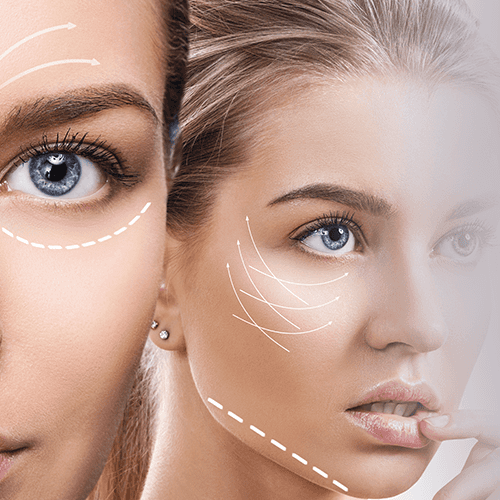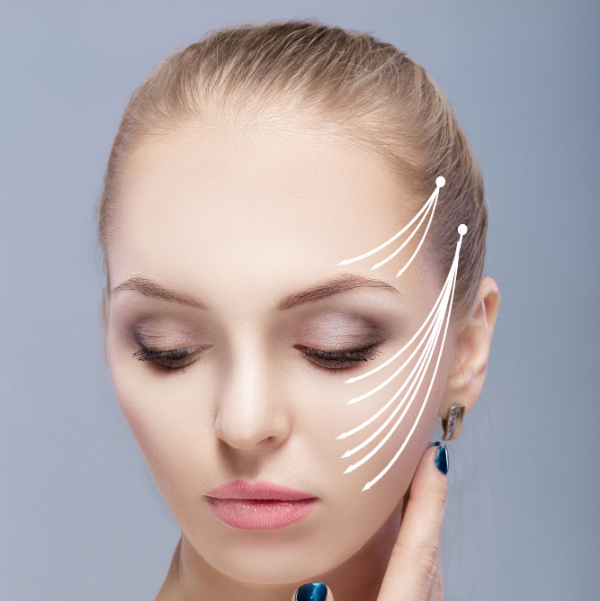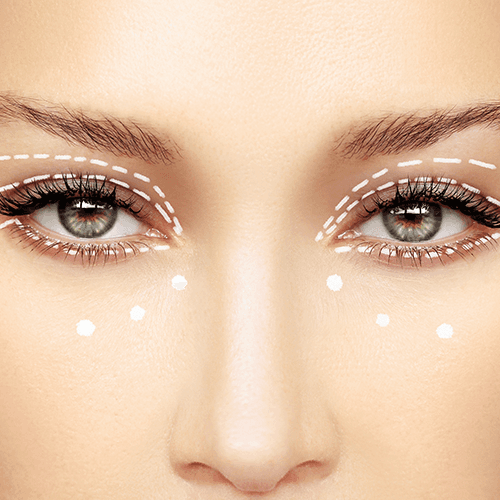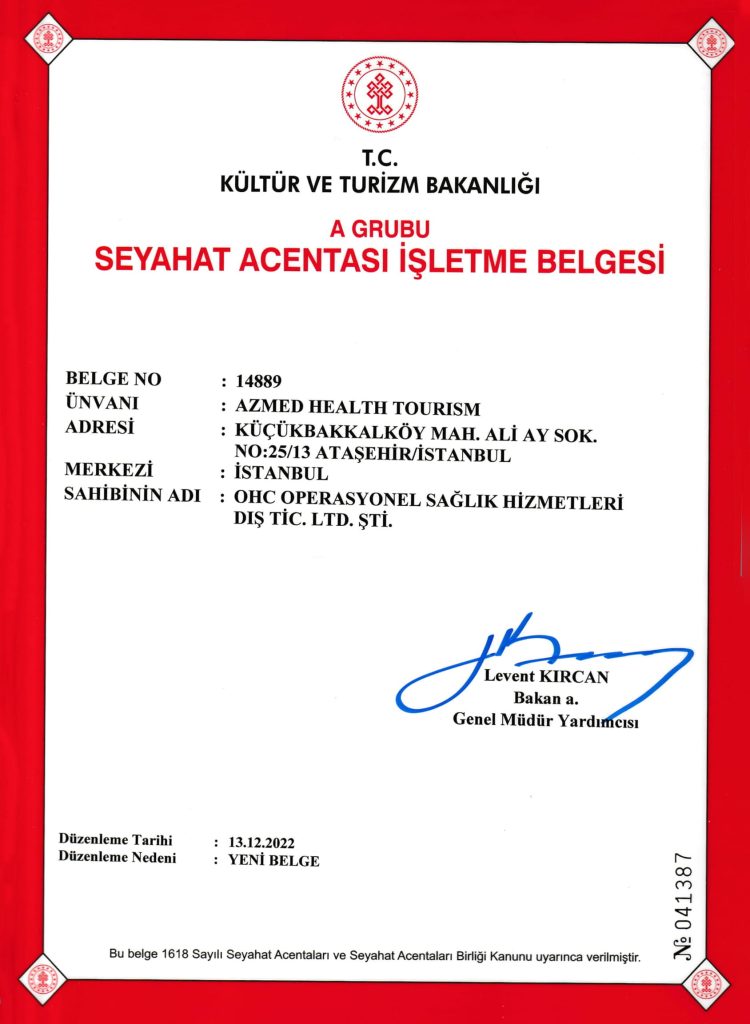Rhinoplasty
Rhinoplasty is a common type of plastic surgery to reshape and restructure the nose. The goal is to make the nose more functional and aesthetically pleasing. It is the process of remodelling the nasal bones and soft tissues to be compatible with and proportionate to the face. Rhinoplasty is a procedure that can change the size, shape, or proportions of your nose. It may be performed to fix abnormalities caused by an accident, to correct a congenital disability, or to ease breathing issues.
Our surgeons will evaluate your other facial characteristics, the skin on your nose, and what you want to modify while considering rhinoplasty. If you are a surgical candidate, your surgeon will create a personalized treatment plan for you. You must consult with your surgeon before scheduling rhinoplasty to discuss important factors that will decide if the procedure is likely to work well for you. Your medical history, a physical exam, photographs, and a discussion of your expectations are often included in this meeting.
Alternative Solutions to Rhinoplasty and Post-Treatment Process
Besides, non-surgical rhinoplasty is also possible. This medical technique uses injectable fillers such as collagen or hyaluronic acid to restore and shape a person’s nose without invasive surgery. The technique fills in depressions on the nose, elevates the angle of the tip, and corrects the appearance of bumps in the bridge. Non-surgical rhinoplasty does not affect the size of the nose but can be used to treat some functional birth abnormalities.
Recovery from rhinoplasty is a lengthy process that takes patience and time. Rhinoplasty surgery recovery might take anywhere from 6 months to 2 years. Although there is considerable excitement before rhinoplasty, the procedure is typically painless. Our specialized doctors work hard to ensure you have as little post-operative pain and suffering as possible.
Our surgeons will evaluate your other facial characteristics, the skin on your nose, and what you want to modify while considering rhinoplasty. If you are a surgical candidate, your surgeon will create a personalized treatment plan for you. You must consult with your surgeon before scheduling rhinoplasty to discuss important factors that will decide if the procedure is likely to work well for you. Your medical history, a physical exam, photographs, and a discussion of your expectations are often included in this meeting.
Alternative Solutions to Rhinoplasty and Post-Treatment Process
Besides, non-surgical rhinoplasty is also possible. This medical technique uses injectable fillers such as collagen or hyaluronic acid to restore and shape a person’s nose without invasive surgery. The technique fills in depressions on the nose, elevates the angle of the tip, and corrects the appearance of bumps in the bridge. Non-surgical rhinoplasty does not affect the size of the nose but can be used to treat some functional birth abnormalities.
Recovery from rhinoplasty is a lengthy process that takes patience and time. Rhinoplasty surgery recovery might take anywhere from 6 months to 2 years. Although there is considerable excitement before rhinoplasty, the procedure is typically painless. Our specialized doctors work hard to ensure you have as little post-operative pain and suffering as possible.
Date:
November 4, 2022






